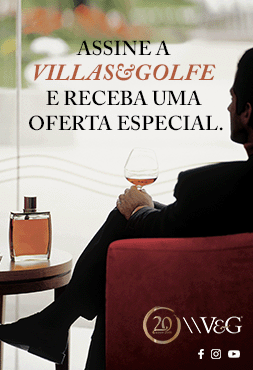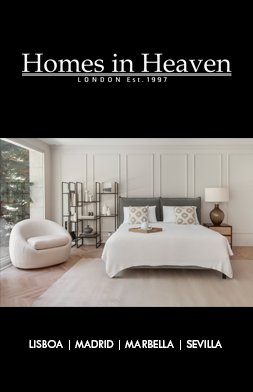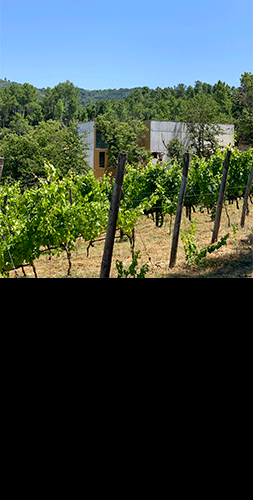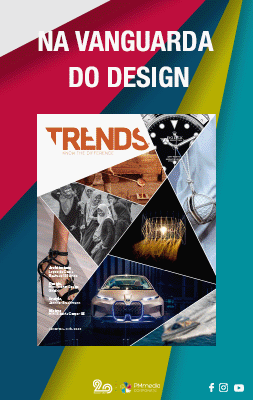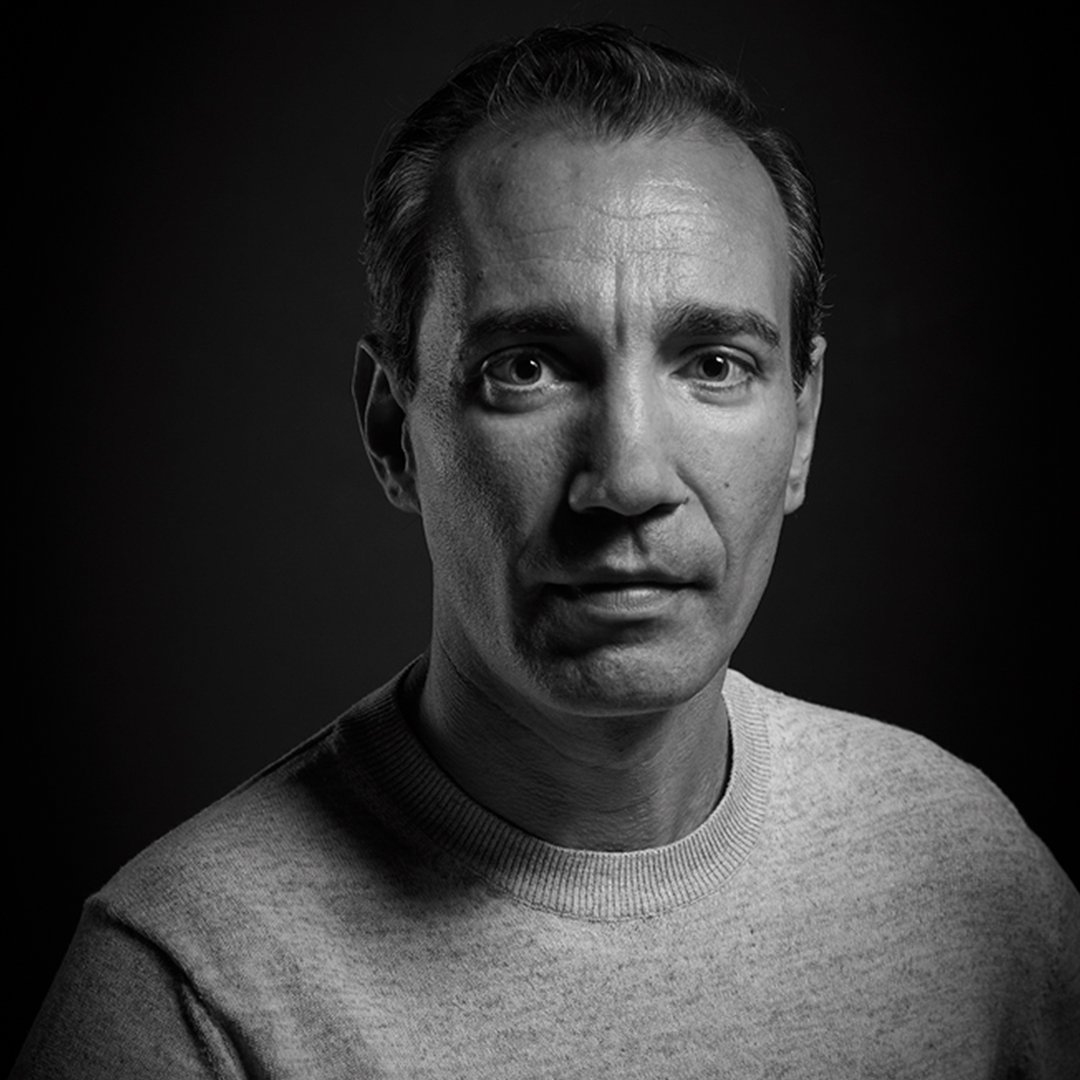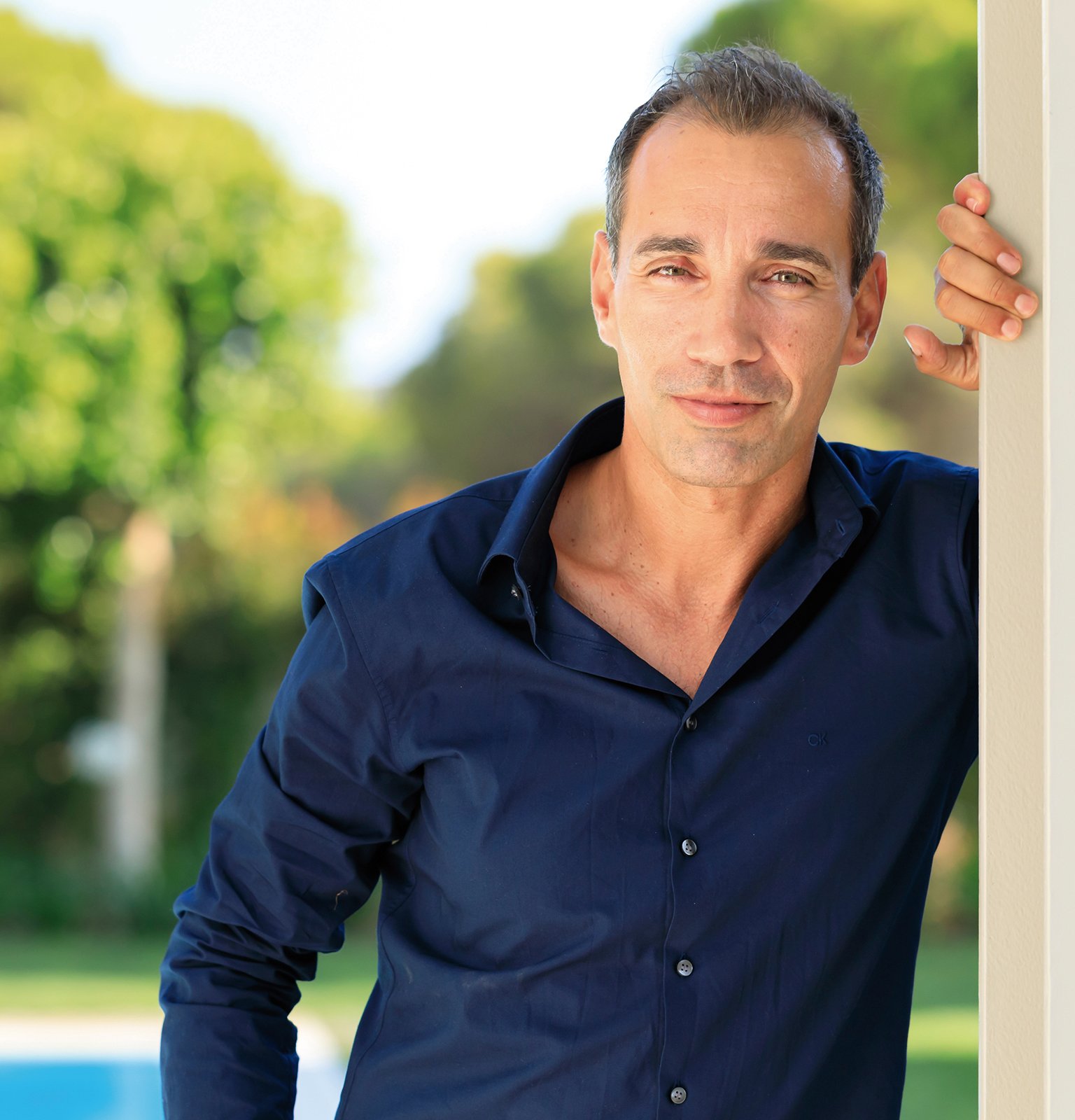
His practice is based in the Algarve, where his
architecture is exemplified by the splendour of magnificent houses and luxury
resorts. Pencils, pens and drawing boards have always marked the life of
architect João Cabrita. He found himself creating drawings on blank paper from
an early age. And time taught him to see architecture with an enthusiastic eye.
And he began to tell a story with every project he undertook. Is he a good
storyteller? We would say so. Proof of this can be seen in the countless architectural
projects developed in Portugal bearing his stamp. Inspired by a touch of
«magic», he has always striven to create striking works. In this interview,
João refers to the technological advances of the last 30 years and the impact
that Artificial Intelligence will have in the coming decades. He also talks
about the process of «cooling» in the sector, due to the overvaluation of
property, rising inflation and interest rates. And what gives him real pleasure
in architecture? Easy, «the smile of a happy client».
How did your childhood and the place where you were born and grew up influence you to follow the path of architecture?
I’ve always lived amid drawings, carbon copies, pencils, pens and drawers. I learnt to live with this reality at home and in the office. Architecture was, in my childhood, a name that translated as «drawing houses» and it was only later that I learnt its true meaning. More than just a practice, it also became a way of being in life, which has shaped me into who I am today.
Are the references you had as a student the same as today, or in other words, has your way of looking at architecture changed over time?
Learning architecture is much more than learning how to design buildings and transform space. And the way you see it changes over time. When I was an architecture student, the Modernist and Post-Modernist movements were some of the most favoured reference models for us students, but the start of my working life and my encounter with more traditional and Vitruvian architecture somehow came to complement a different way of looking at architectural language. Time changes everything and in the same way it changes the way we approach architecture.
Do you see the Algarve and Quinta do Lago, the place where you have your firm, as something that characterises the way you do architecture?
The Algarve in general and Quinta do Lago in particular have very special conditions for the practice of architecture. Firstly because of the seaside location, its huge tourist attraction and the way national and foreign investors see this patch of national territory. On the other hand, there has also been a gradual increase in the quality of tourism over the last 50 years, which has led to more and more investors with expectations of outstanding investments, particularly in the Quinta do Lago, Vale do Lobo and Vilamoura areas. It goes without saying that, over time, we have adjusted to this reality and, as a result, to the way we qualify the architecture we produce.
Over the years, what has been the most challenging project you’ve done?
There have been many, and I wouldn’t want to single one out! In reality, when we produce something from a piece of blank paper, there is always a story to tell and each project has a narrative. At the end of the day, the architect becomes a storyteller who always strives to achieve the best possible result for his client.
«I am sure that the future will be one of total sustainability»
How did your childhood and the place where you were born and grew up influence you to follow the path of architecture?
I’ve always lived amid drawings, carbon copies, pencils, pens and drawers. I learnt to live with this reality at home and in the office. Architecture was, in my childhood, a name that translated as «drawing houses» and it was only later that I learnt its true meaning. More than just a practice, it also became a way of being in life, which has shaped me into who I am today.
Are the references you had as a student the same as today, or in other words, has your way of looking at architecture changed over time?
Learning architecture is much more than learning how to design buildings and transform space. And the way you see it changes over time. When I was an architecture student, the Modernist and Post-Modernist movements were some of the most favoured reference models for us students, but the start of my working life and my encounter with more traditional and Vitruvian architecture somehow came to complement a different way of looking at architectural language. Time changes everything and in the same way it changes the way we approach architecture.
Do you see the Algarve and Quinta do Lago, the place where you have your firm, as something that characterises the way you do architecture?
The Algarve in general and Quinta do Lago in particular have very special conditions for the practice of architecture. Firstly because of the seaside location, its huge tourist attraction and the way national and foreign investors see this patch of national territory. On the other hand, there has also been a gradual increase in the quality of tourism over the last 50 years, which has led to more and more investors with expectations of outstanding investments, particularly in the Quinta do Lago, Vale do Lobo and Vilamoura areas. It goes without saying that, over time, we have adjusted to this reality and, as a result, to the way we qualify the architecture we produce.
Over the years, what has been the most challenging project you’ve done?
There have been many, and I wouldn’t want to single one out! In reality, when we produce something from a piece of blank paper, there is always a story to tell and each project has a narrative. At the end of the day, the architect becomes a storyteller who always strives to achieve the best possible result for his client.
«I am sure that the future will be one of total sustainability»





